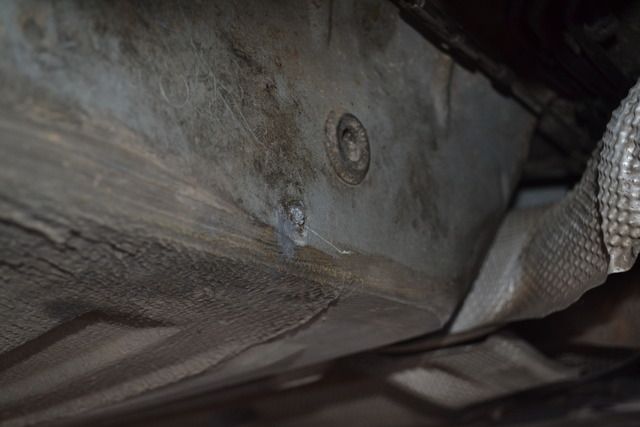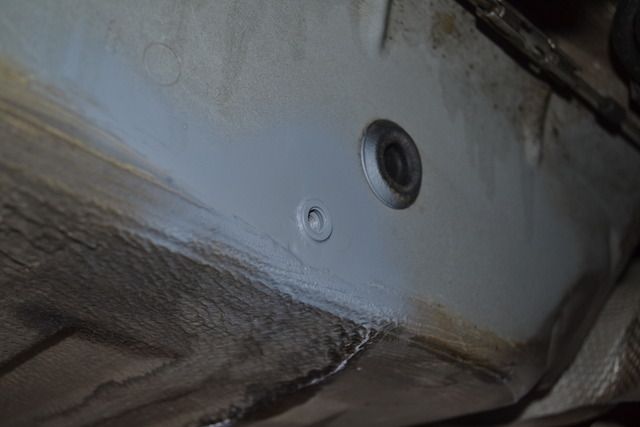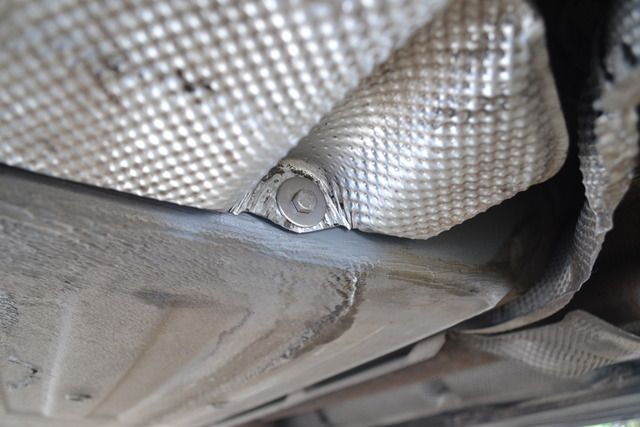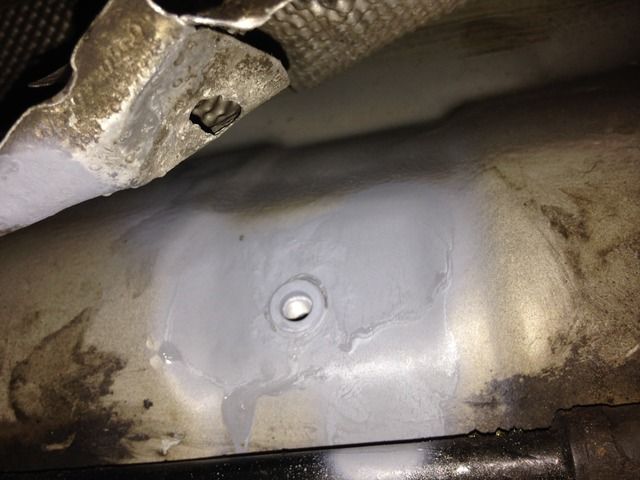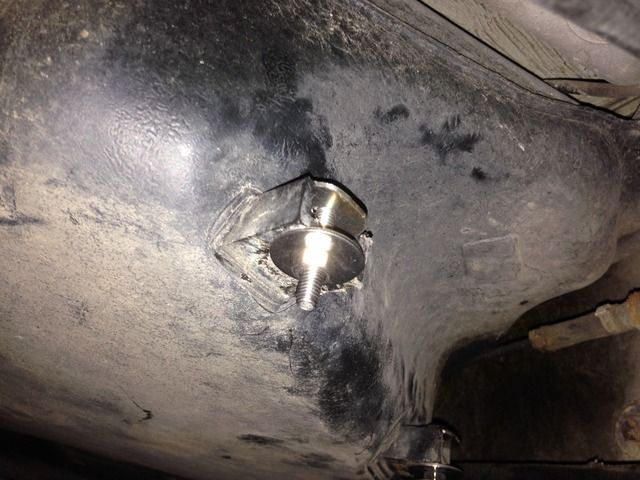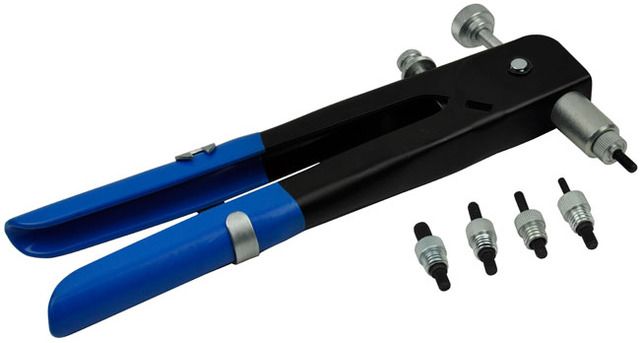wilco184
Member of the year 2015
All,
Like many, a few of the threaded studs underneath my car have snapped over the years, and as a result, the heat shielding that they attach is less secure than it once was. I'd like to change this, and find a solution.
I've done a fair bit of research, and the answer to my problem that I think is the best is to use 'Rivnuts' in place of the old studs. Essentially, they're like pop rivets with an internal thread. They work quite similar too, where you're pulling the end back towards to sheet metal to compress the weaker part of the fixing again the sheet, holding it in place firmly. You can purchase a few different types, although the two that I think will work best are as follows.
The aluminium type; I should be able to avoid contact corrosion using these, but I'm unsure how well they will seal.
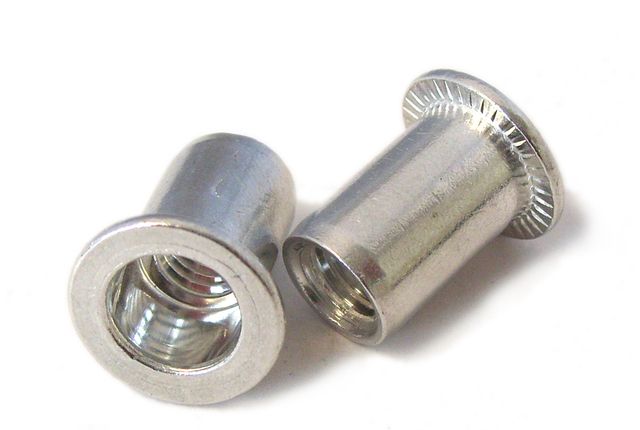
The rubber type; made from a synthetic rubber with a brass insert. This should avoid contact corrosion and should seal, although I'm unsure how secure they'll be.

If anyone has any information or previous experience of these fasteners, then I'd be grateful to hear if they've worked well etc. I'd also be keen to know peoples thoughts on Aluminium vs Rubber, regarding which would be best.
Please let me know!
Thanks,
Matt.
Like many, a few of the threaded studs underneath my car have snapped over the years, and as a result, the heat shielding that they attach is less secure than it once was. I'd like to change this, and find a solution.
I've done a fair bit of research, and the answer to my problem that I think is the best is to use 'Rivnuts' in place of the old studs. Essentially, they're like pop rivets with an internal thread. They work quite similar too, where you're pulling the end back towards to sheet metal to compress the weaker part of the fixing again the sheet, holding it in place firmly. You can purchase a few different types, although the two that I think will work best are as follows.
The aluminium type; I should be able to avoid contact corrosion using these, but I'm unsure how well they will seal.

The rubber type; made from a synthetic rubber with a brass insert. This should avoid contact corrosion and should seal, although I'm unsure how secure they'll be.

If anyone has any information or previous experience of these fasteners, then I'd be grateful to hear if they've worked well etc. I'd also be keen to know peoples thoughts on Aluminium vs Rubber, regarding which would be best.
Please let me know!
Thanks,
Matt.


